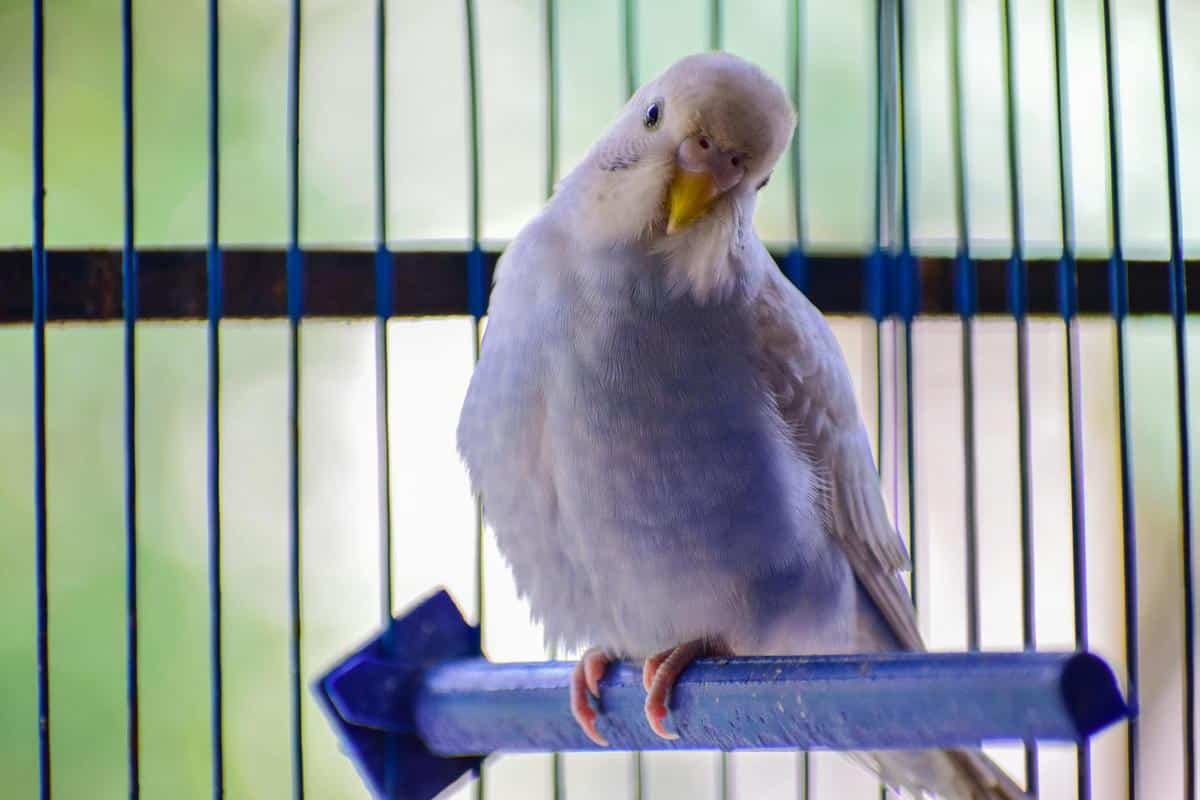
Creating the Perfect Habitat for Your Exotic Pet
Creating a comfortable and suitable habitat for your exotic pet is crucial for their health and happiness. These unique animals have specific needs that differ greatly from more common household pets. Understanding and catering to these needs can make a significant difference in their quality of life.
Understanding Your Exotic Pet’s Needs
Exotic pets, from reptiles to birds, each have their own unique environmental requirements. According to Dr. Karen Becker, a renowned veterinarian, “Providing the correct habitat for your exotic pet is vital to prevent stress and health issues.” This means researching the natural habitat of your pet and replicating key aspects in your home.
Essential Elements of Exotic Pet Habitats
- Temperature and Humidity: Many exotic pets are sensitive to temperature and humidity changes. For instance, reptiles often require heat lamps to maintain optimal body temperature.
- Space and Enrichment: A cramped space can negatively impact an animal’s well-being. Ensure your pet has enough room to move and explore. Add enrichment items like climbing structures or hiding spots.
- Lighting: Proper lighting is crucial, especially for reptiles and amphibians that rely on UV light for health.
Crafting the Perfect Space
Consider the following table, which outlines common exotic pets and their habitat needs:
| Pet | Temperature (°F) | Humidity (%) | Lighting | Space Requirement |
|---|---|---|---|---|
| Bearded Dragon | 75-85 | 20-30 | UVB | 40+ gallons |
| Chameleon | 70-80 | 50-70 | UVB | Vertical, 24″x24″x48″ |
| Parrot | 70-85 | 40-60 | Bright Light | Large Cage |
| Gecko | 78-88 | 30-40 | UVB (optional) | 20+ gallons |
| Tarantula | 70-80 | 65-80 | Low Light | 5-10 gallons |
| Tortoise | 70-90 | 30-50 | UVB | Outdoor Enclosure |
| Snake | 75-85 | 50-60 | UVB (optional) | 20+ gallons |
| Ferret | 60-75 | 40-60 | Natural Light | Multi-Level Cage |
Expert Insight and Personal Experiences
Exotic pet enthusiasts often share insights on forums and social media. Emily, an experienced reptile keeper, notes, “The key to a thriving exotic pet is research and adaptability. My iguana’s health improved drastically once I adjusted his habitat to better suit his natural environment.”
Taking Action: Steps to Improve Your Pet’s Habitat
- Research your pet’s natural habitat and specific needs.
- Invest in quality equipment like heat lamps and UVB lights.
- Regularly clean and maintain the living space to prevent health issues.
- Provide enrichment to stimulate your pet’s mind.
Frequently Asked Questions
What is the most important aspect of an exotic pet’s habitat?
Ensuring the correct temperature and humidity levels is crucial for most exotic pets.
How can I make my exotic pet’s habitat more enriching?
Add elements like climbing branches, tunnels, and interactive toys appropriate for your pet’s species.
Conclusion
Creating the perfect habitat for your exotic pet requires understanding and dedication. By focusing on their natural needs and providing a well-equipped environment, you can significantly enhance their quality of life. For more information on specific habitat setups, consider exploring resources such as Reptiles Magazine and Bird Channel. Begin by assessing your current setup and make necessary adjustments to ensure your exotic pet thrives.


